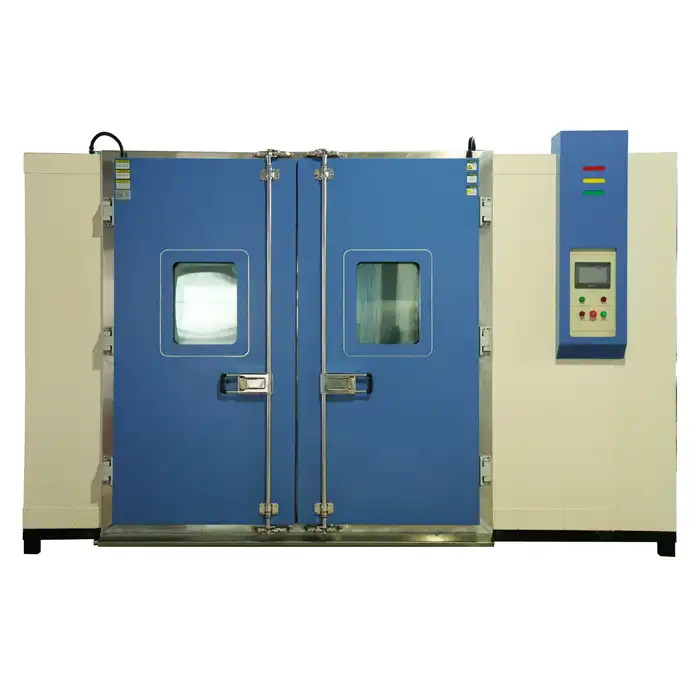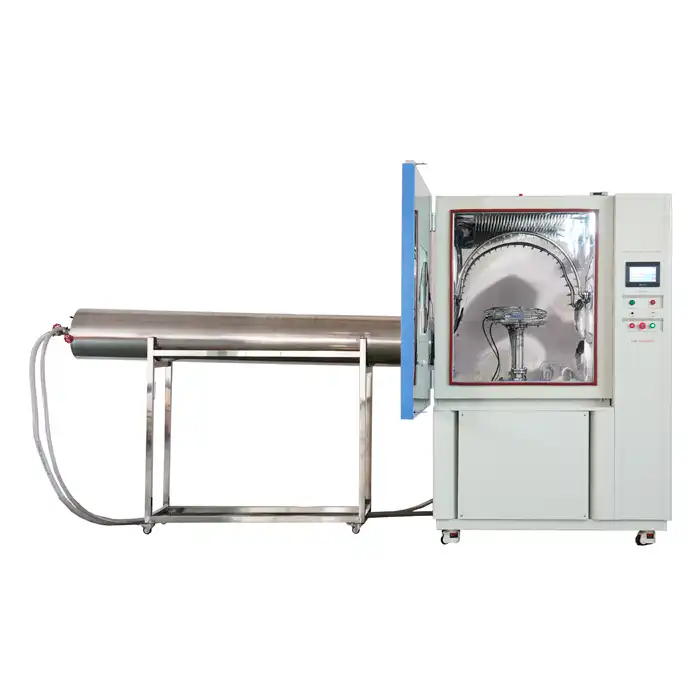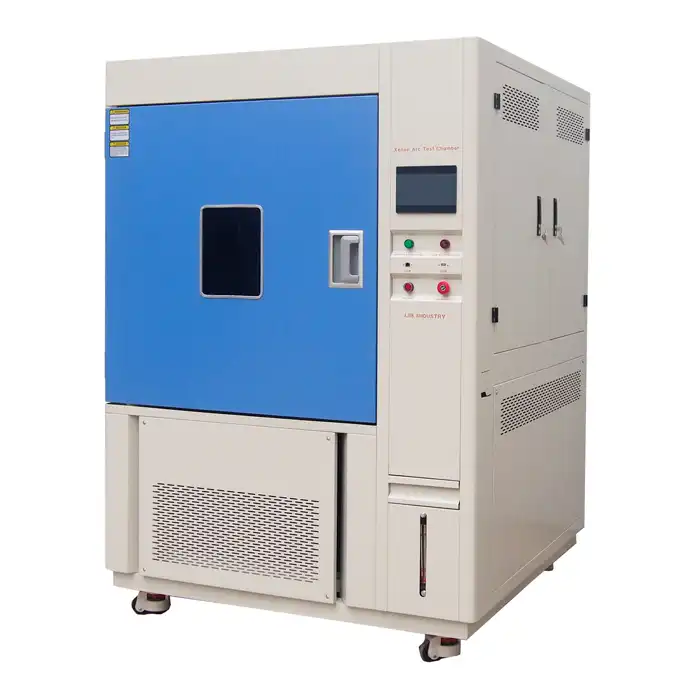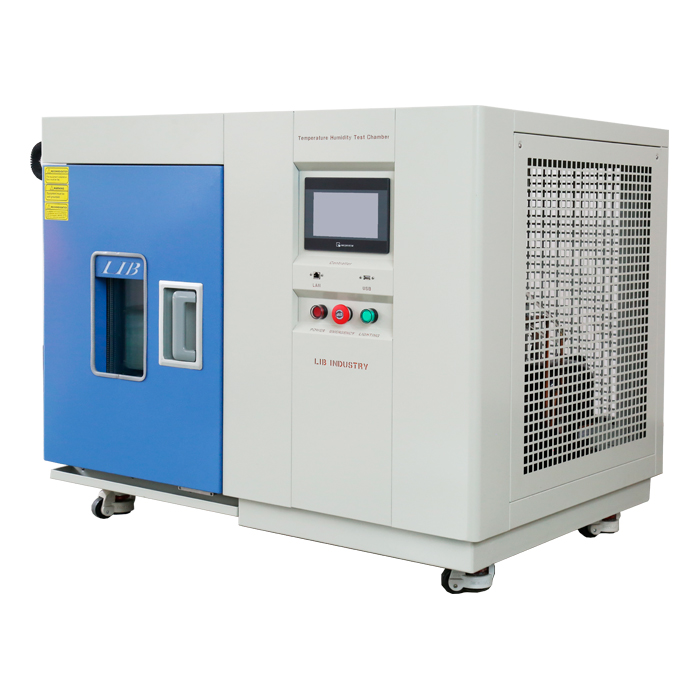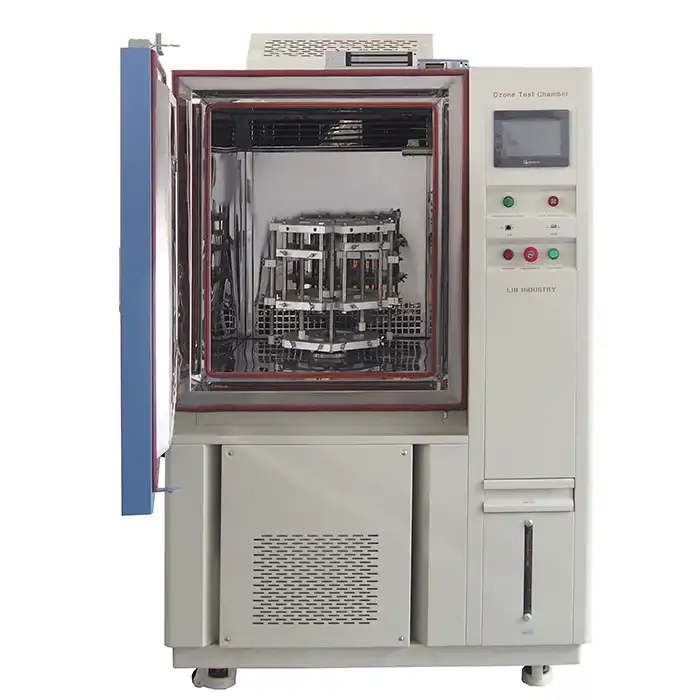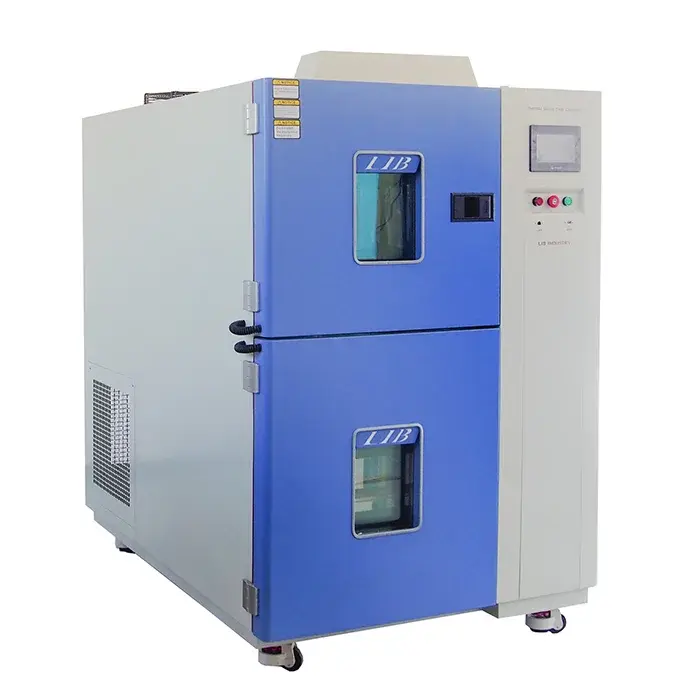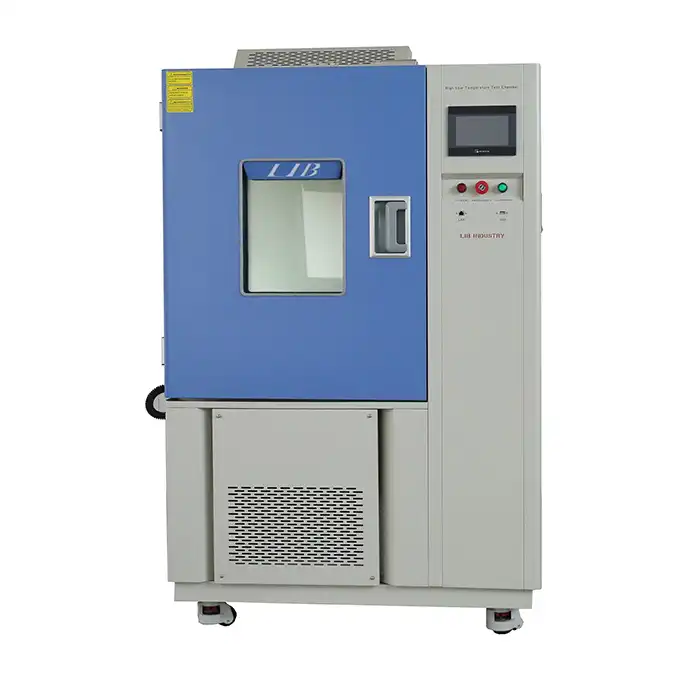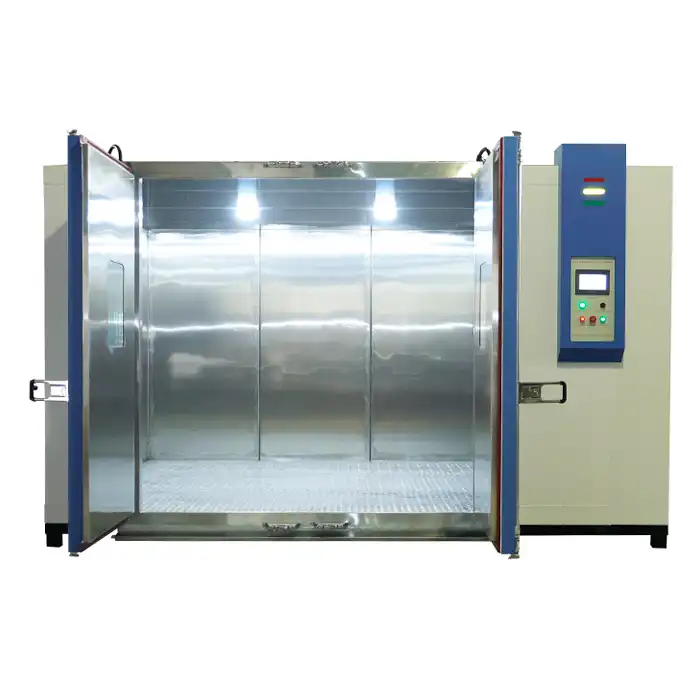Contact Us
 +8618700875368
+8618700875368
No.6 Zhangba First Street, High-Tech Area, Xi'an City, Shaanxi Province, P.R. China 710065
How to choose a suitable humidity chamber?
2024-03-04 10:31:45
1. How to determine the required volume of the humidity chamber?
Choosing the right humidity chamber is crucial for various industries, from pharmaceuticals to electronics, where precise humidity control is essential. Determining the required volume of the humidity chamber is the first step in making this important decision.
Kinds of Test Tests:
The most vital phase in deciding the necessary volume of a mugginess chamber is to consider the sorts and sizes of test tests that will be set inside the chamber. Test tests can shift essentially in aspects, going from little electronic parts to enormous mechanical parts or even whole items. The volume of the chamber needs to be large enough to comfortably hold all of the test samples while also providing enough space for the circulation of air and the distribution of humidity around the samples. Furthermore, the chamber ought to have sufficient freedom to forestall packing and guarantee uniform openness to the controlled moist climate.
Number of Test Tests:
Notwithstanding the size of the test tests, the quantity of tests to be tried at the same time impacts the expected volume of the dampness chamber. Assuming that numerous examples should be tried simultaneously, the chamber should have adequate room to oblige all examples without compromising the wind stream examples or dampness consistency inside the chamber. Stuffing the chamber with an excessive number of tests can hinder appropriate air flow, prompting non-uniform mugginess dissemination and possibly influencing the precision and repeatability of the experimental outcomes.
Wind stream and Mugginess Appropriation:
Legitimate wind current and mugginess dissemination are fundamental variables in the plan of a stickiness chamber to guarantee predictable and dependable test conditions. The chamber volume assumes a significant part in deciding the wind stream designs and the viability of stickiness control systems inside the chamber. A properly measured chamber takes into consideration proficient air dissemination, uniform moistness conveyance, and quick adjustment of stickiness levels around the test tests. Lacking chamber volume might bring about confined stickiness varieties, prompting off-base experimental outcomes and irregularities between tests.
Space for Observing and Access:
Another significant thought while deciding the expected volume of a dampness chamber is the space required for observing gear, sensors, and admittance to the test tests. Observing moistness levels, temperature, and other ecological boundaries is fundamental for controlling test conditions and guaranteeing information exactness. The chamber ought to have sufficient room for introducing sensors, information lumberjacks, and observing gadgets without deterring the wind stream or slowing down the arrangement of test tests. Moreover, simple admittance to the test tests for stacking, dumping, and assessments is fundamental for effective activity and upkeep of the chamber.
Future Extension and Adaptability:
When determining the size of a humidity chamber, it's best to take into account whether or not testing capabilities will need to be expanded in the future. The chamber's volume should be sufficient for growth, additional test samples, or future testing applications in addition to meeting current testing requirements. A chamber with movable racking, measured plan, or adaptable designs can give adaptability to oblige changing testing needs and guarantee long haul convenience and flexibility.
Compliance with Safety and Regulations:
Consistency with well-being guidelines and industry norms is a basic part of the dampness chamber plan and activity. Safety considerations like ventilation requirements, electrical clearances, and emergency access protocols should be taken into account when determining the volume of the chamber. Satisfactory room around the chamber for support, adjusting, and crisis closure systems is fundamental to guarantee the security of administrators and safeguard the respectability of the testing climate. In addition, valid and reliable tests require adherence to regulatory requirements regarding chamber size, performance specifications, and environmental controls.
2. How to choose the humidity range that suits your needs?
The humidity range of a humidity chamber is another critical consideration. Different applications require specific humidity levels for accurate testing and experimentation. For instance, pharmaceutical research may require precise control within a narrow humidity range, while testing materials for outdoor use might necessitate a broader range to simulate various environmental conditions.
Evaluate your industry standards, regulatory requirements, and the specifications of your experiments to determine the appropriate humidity range. Look for humidity chambers with adjustable controls or programmable settings to accommodate a wide range of testing needs.
3. What factors need to be considered when choosing a humidity chamber?
Several factors should influence your decision when selecting a humidity chamber:
a. Accuracy and precision: Choose a humidity chamber with reliable sensors and controls to ensure precise and consistent humidity levels throughout the testing process.
b. Temperature control: Many applications require both temperature and humidity control. Consider humidity chambers equipped with integrated temperature control systems for comprehensive testing capabilities.
c. Uniformity: Opt for humidity chambers with an even distribution of humidity and temperature to ensure consistent testing conditions across all samples.
d. Durability and reliability: Select a humidity chamber from reputable manufacturers known for quality construction and reliable performance to minimize downtime and maintenance costs.
e. Accessibility and ease of use: Look for humidity chambers with user-friendly interfaces and convenient access to samples for efficient operation and maintenance.
f. Safety features: Prioritize humidity chambers with built-in safety mechanisms to protect both operators and samples from potential hazards such as overheating or excessive humidity levels.
g. Budget considerations: While cost is an important factor, prioritize the features and capabilities that align with your testing needs and long-term goals to ensure the best return on investment.
In conclusion, choosing the right humidity chamber requires careful consideration of factors such as volume requirements, humidity range, accuracy, durability, and budget constraints. By evaluating these aspects thoughtfully and prioritizing your specific testing needs, you can select a humidity chamber that meets your requirements and delivers reliable performance for years to come.
LIB Industry concentrates on providing the Turn-key solution for environmental testing, that research, design, producing, commissioning, delivery, install and training, providing the whole products and service according to the customer's requirements. If you want to learn more about this kind of humidity chamber, welcome to contact us: info@libtestchamber.com
Send us a message
Please Leave your Message Here! We Will Send Detail Techincal Brochure and Quotation to you!

